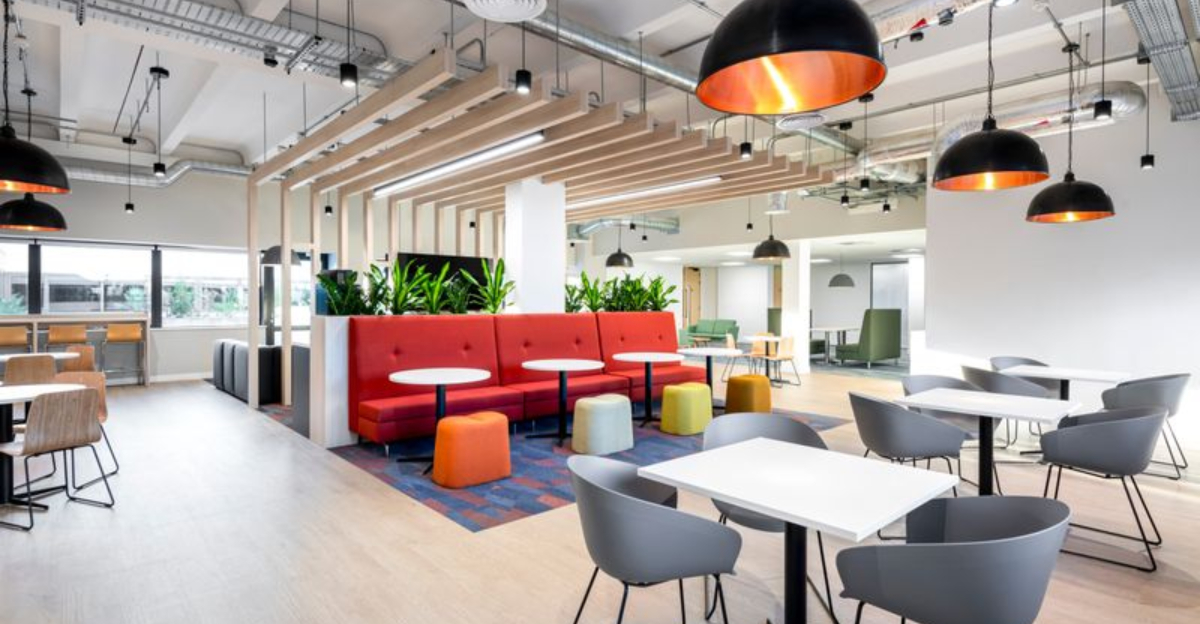Ever struggled with making a single room serve multiple creative needs? Many face the challenge of limited space but unlimited ideas. Smart designers have cracked the code on creating versatile spaces that adapt to different activities without sacrificing style or function.
Here are their insider secrets for spaces that work as hard as you do.
1. Zone with Rugs and Lighting

Magic happens when you define areas without walls! Area rugs instantly create visual boundaries while pendant lights hovering above specific zones reinforce the separation.
When your brain registers these subtle cues, it switches gears mentally between work mode and relaxation mode. No construction required—just strategic placement of soft textures underfoot and focused illumination overhead.
2. Use Furniture as Room Dividers
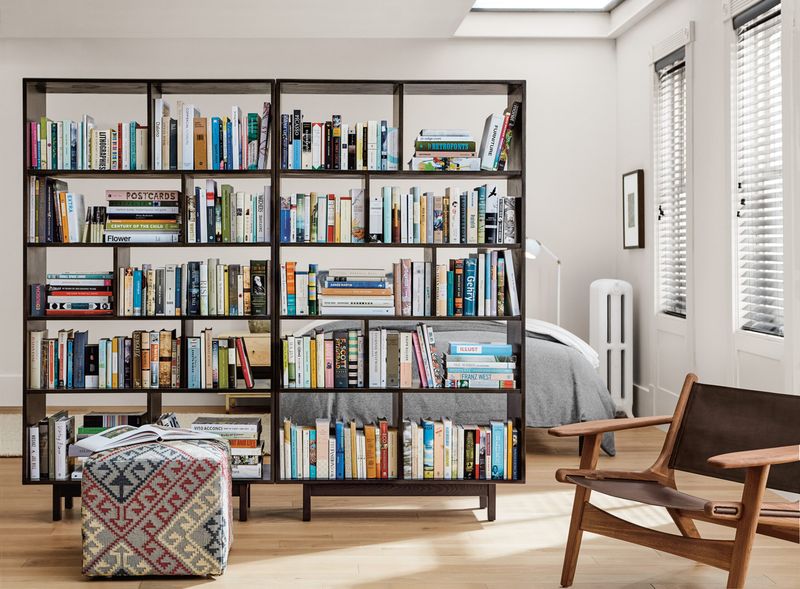
Bookshelves with open backs work double-duty as magnificent space separators while maintaining airflow and light throughout your room. Position a sofa perpendicular to a wall instead of against it.
Facing your desk away from leisure zones creates psychological boundaries that help maintain focus. The beauty lies in creating distinct areas without permanent barriers, allowing you to reconfigure whenever inspiration strikes.
3. Invest in a Fold-Down Desk

Wall-mounted fold-down desks are revolutionary space-savers for the creatively inclined but spatially challenged. When inspiration strikes, simply pull down your workspace.
Finished with your project? Tuck everything away and reclaim your floor space for yoga, dance practice, or entertaining friends. Look for models with built-in storage that keeps supplies organized even when the desk is closed.
4. Create Vertical Storage Towers

Floor-to-ceiling narrow towers maximize storage while minimizing footprint—perfect for creative supplies that multiply mysteriously. Dedicate different shelves to specific activities: painting materials on one, sewing notions on another.
Clear bins with labels maintain visual order without hiding inspiration. Rolling towers offer bonus flexibility, letting you wheel your supplies exactly where you need them before tucking them away again.
5. Opt for Mobile Furniture

Wheels change everything in a creative space. Picture rolling your drafting table to catch perfect natural light, then pushing it aside for an impromptu dance session.
Casters on chairs, tables, and storage carts create instant flexibility. Look for locking wheels that provide stability when needed. Mobile furniture adapts to your creative process rather than forcing you to adapt to static furniture arrangements.
6. Design for Light Transitions

Sunlight energizes creative thinking during brainstorming sessions, while softer illumination helps with detail work or evening relaxation. Install adjustable window treatments like top-down/bottom-up shades for customizable natural light.
Mirrors strategically placed opposite windows bounce daylight deeper into your space. Remember that different creative activities require different lighting conditions—plan accordingly with layered options.
7. Layer Lighting for Mood Control

Brilliant creative spaces harness the power of three lighting types: ambient (overall illumination), task (focused work lighting), and accent (highlighting art or architectural features).
Dimmers transform the atmosphere instantly—bright for high-energy brainstorming, subdued for contemplative work. Smart bulbs programmed to shift color temperature throughout the day support your body’s natural rhythms while adapting to different creative activities.
8. Install a Pegboard Wall

Julia Child popularized pegboards in kitchens, but creative pros know they’re perfect for any maker space! Infinitely reconfigurable, they display tools and materials as functional art while keeping everything visible and accessible.
Paint your pegboard a contrasting color to make it a feature wall. Beyond practical storage, pegboards become inspiration boards where you can hang works-in-progress or reference materials that spark new ideas.
9. Hide Clutter Creatively

Vintage trunks serving as coffee tables with secret storage inside? Genius! Ottomans that open to swallow craft supplies? Revolutionary!
Creative minds generate materials that quickly overwhelm spaces. Seek furniture that conceals while contributing aesthetically. Even mundane storage containers transform with decorative paper or fabric coverings. The goal: maintain visual calm so your mind can focus on creating rather than searching for supplies.
10. Use One Palette Across Zones
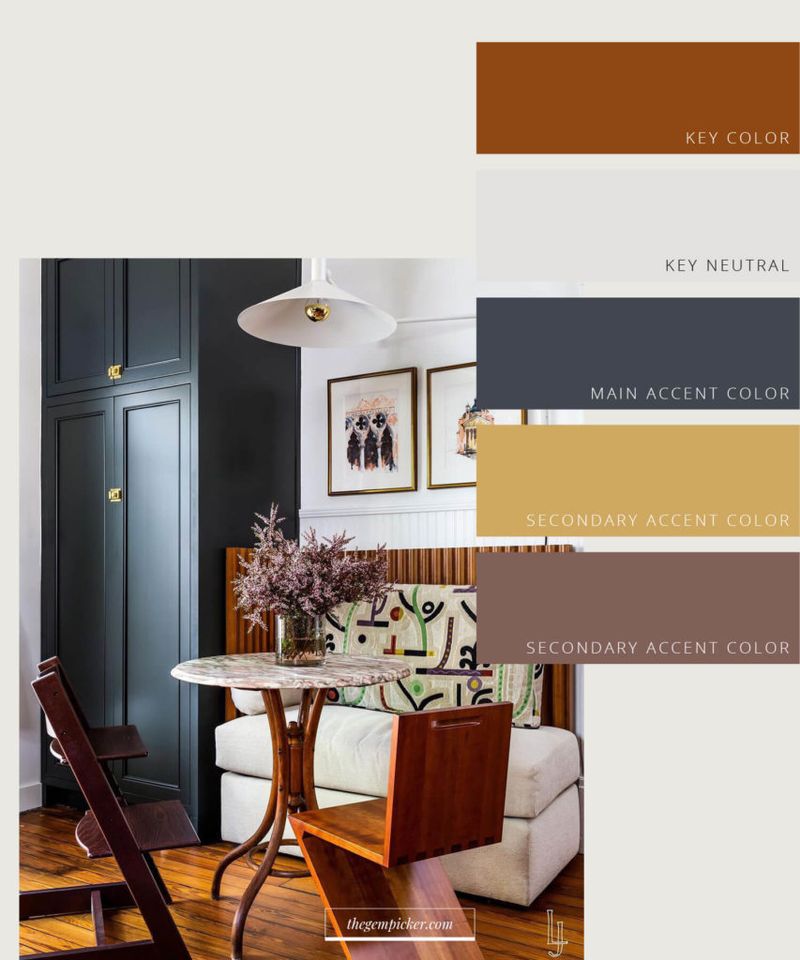
Visual cohesion works wonders in multi-purpose spaces. When your painting corner, digital workspace, and relaxation nook share a thoughtful color scheme, the room feels intentional rather than fragmented.
Limit yourself to three main colors plus one accent hue. Varying intensities of these colors creates interest while maintaining harmony. Your eye travels smoothly across different functional areas, creating a sense of expansiveness even in compact spaces.
11. Incorporate a Statement Piece
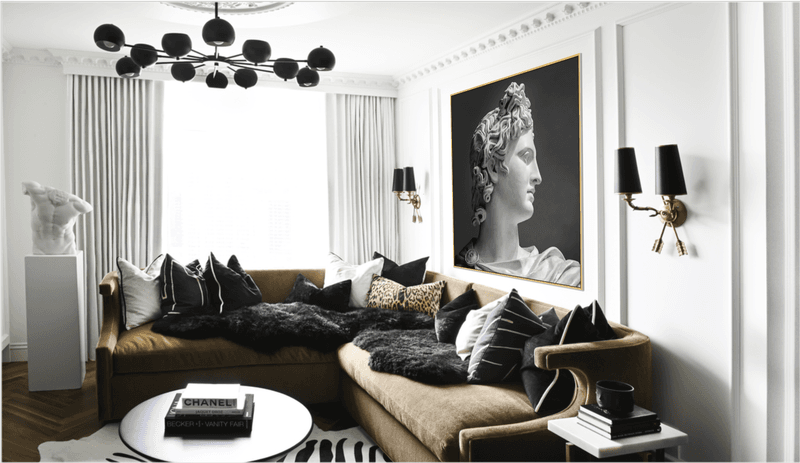
Unexpected elements elevate multi-purpose spaces from merely functional to truly inspiring. A vintage drafting table, spectacular lighting fixture, or vibrant area rug becomes your room’s centerpiece.
Around this focal point, arrange more subdued, flexible elements. Statement pieces anchor your space visually while expressing your creative personality. Guests naturally gravitate toward these conversation starters, making your space memorable for both function and style.
12. Think Ceiling to Floor

Overlooked vertical space holds tremendous potential in creative rooms. Suspend lightweight items like fabric swatches or paper models from ceiling-mounted systems. Under-desk areas accommodate rolling storage that disappears when not needed.
Wall-mounted monitor arms free up precious desk space. Even door surfaces can hold organizers. By utilizing every dimension—height, width, and depth—you effectively triple your available space without expanding square footage.
13. Choose Dual-Purpose Decor

Magnetic chalkboard walls serve as both art canvas and planning surface. Beautiful baskets corral supplies while adding texture.
A stunning room divider screen doubles as a photography backdrop or display board. When every object serves multiple purposes, you maximize functionality without creating visual clutter—the hallmark of thoughtfully designed creative spaces.
14. Design Hidden Nooks
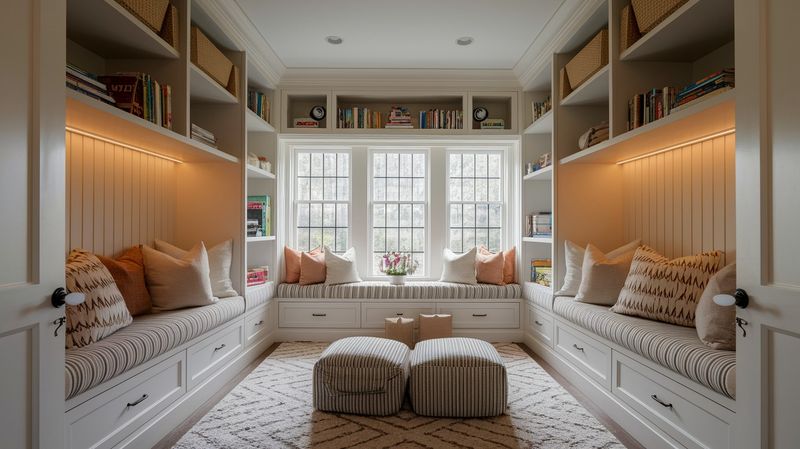
Window seats with storage underneath become reading corners by day, guest beds by night. Closets with removed doors evolve into mini-offices that close behind curtains when not in use.
Look for “dead space” in your layout—those awkward corners or wall recesses—and reimagine them as specialized zones for specific creative activities. Small, dedicated spaces often foster deeper concentration.
15. Stay Flexible, Always

Modular furniture systems represent the pinnacle of creative space design. Pieces that reconfigure, expand, nest, or transform maintain adaptability as your projects evolve. Avoid built-ins that can’t be moved.
Embracing flexibility means your space grows with you. Schedule quarterly reassessments of your layout to ensure it still serves your creative process. The most successful multi-purpose spaces remain works-in-progress themselves, continually refining to better support your creative life.

